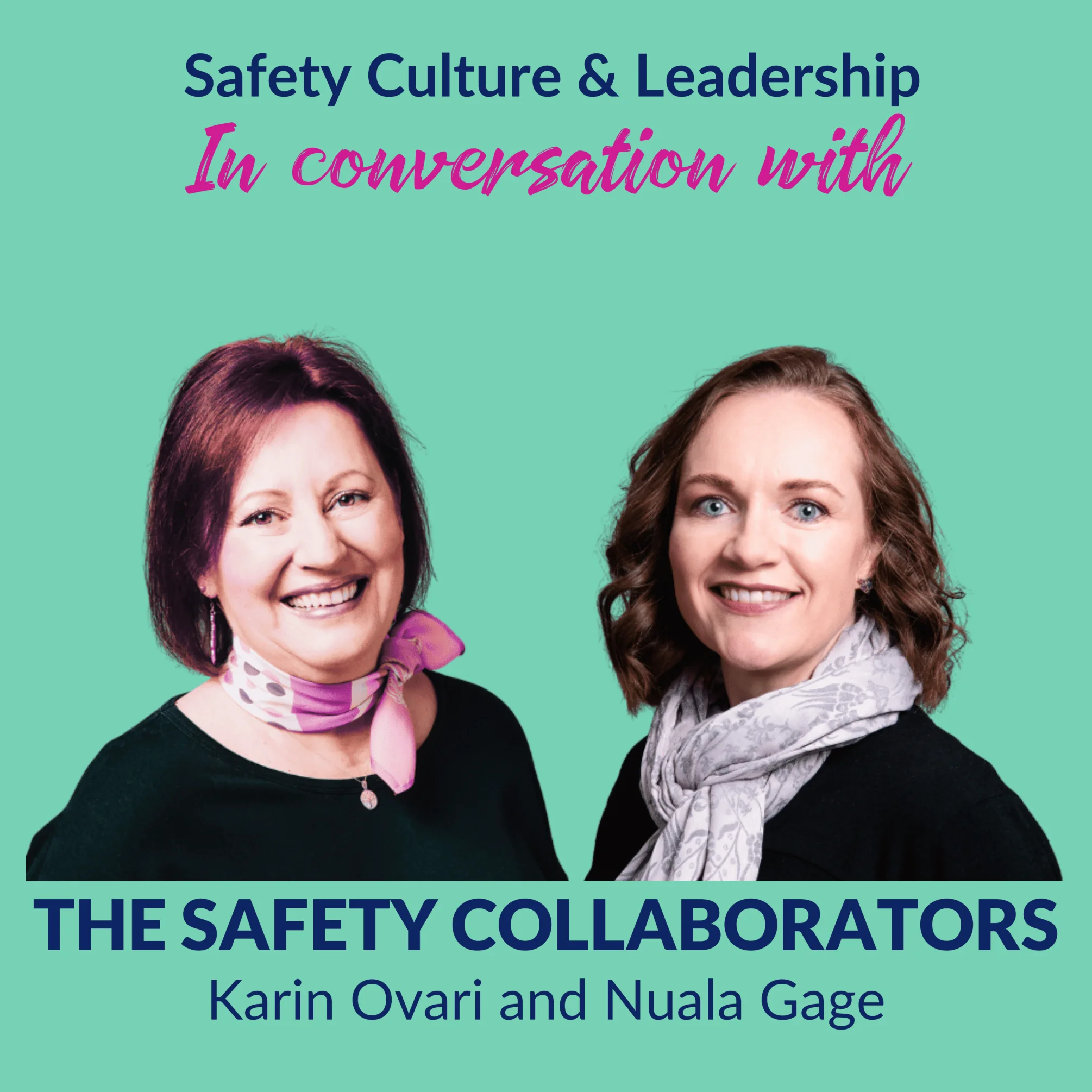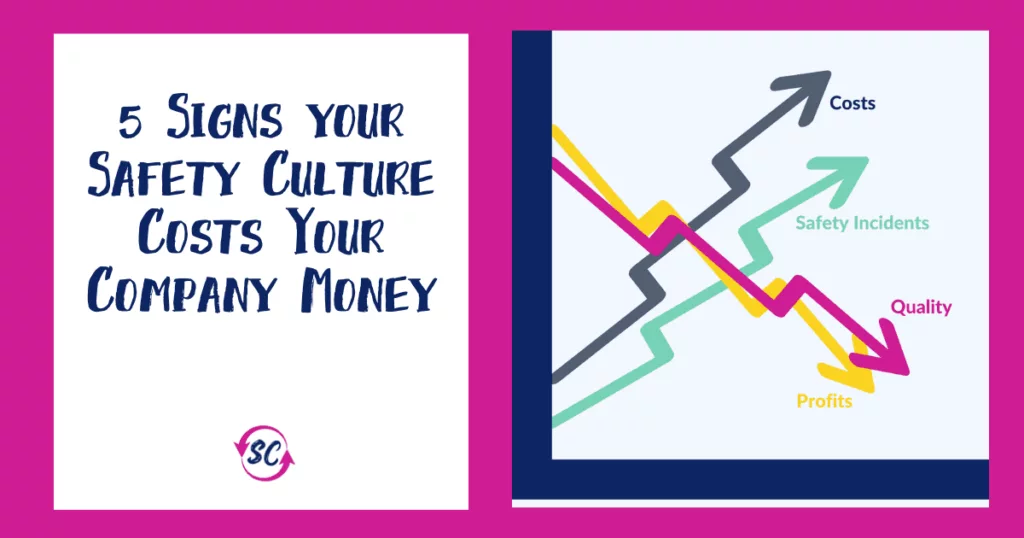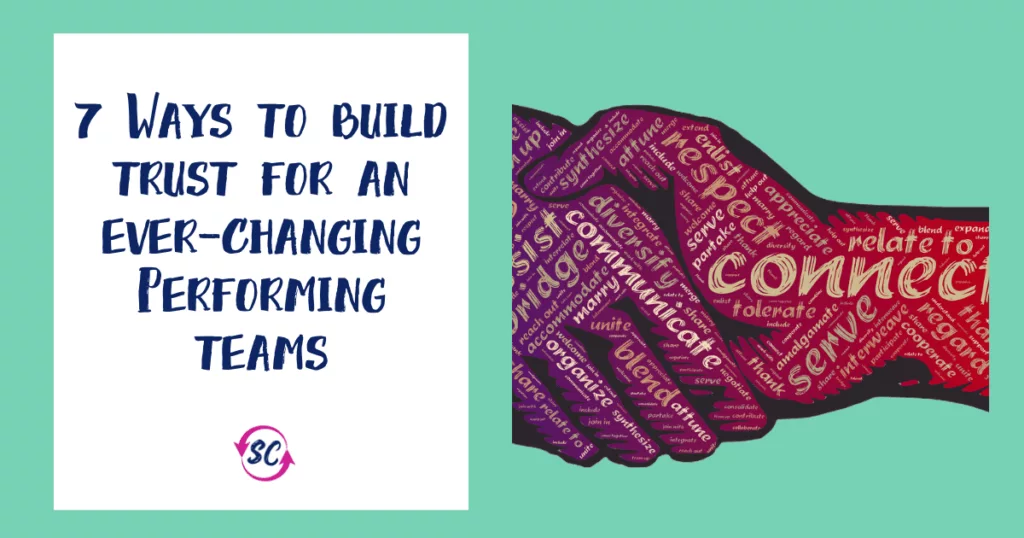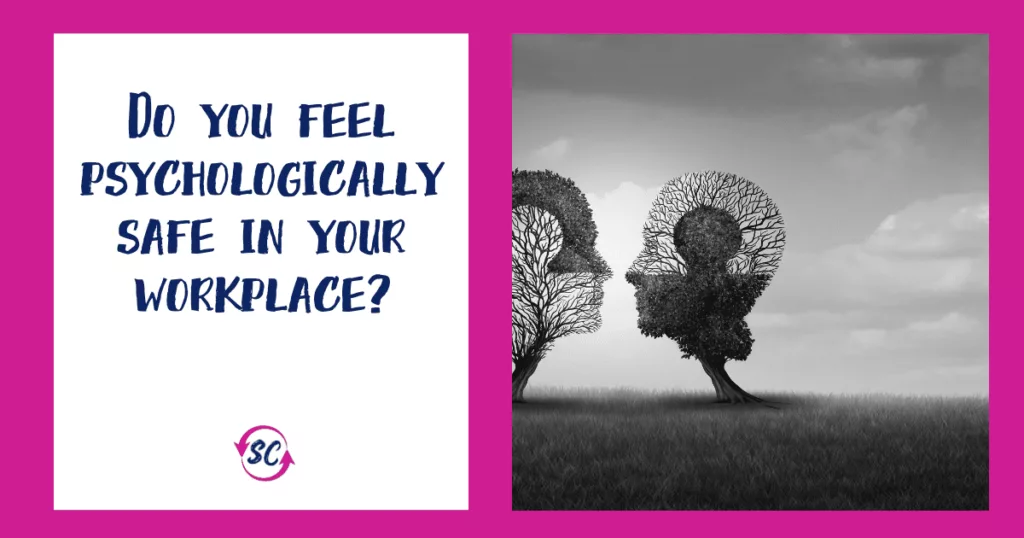What is the connection between your safety culture and unwritten rules?

Episode 013
Oct 24, 2022
Subscribe today
In this episode, we discuss Unwritten Rules.
Below are the highlights, key points and resources mentioned throughout the episode. We share stories from the field during the podcast to add more colour to the topic, so do listen.
What is the connection between unwritten rules and your safety culture?
Have you ever questioned why things get done a certain way or how everyone else seems to know what is expected when there is no obvious written rule or procedure?
They all seem to be doing the right thing, and you keep being looked at as if you are doing something wrong. However, you are not quite sure what that is, but you can feel it.
Example: when you walk into an elevator and push the button - everyone automatically turns and faces the door. And when someone doesn't, there is that incredible discomfort of, 'Why are you looking at me? And why are you not watching the numbers or waiting for the door to open?'
Are you curious about why that is?
These things just happen, and we almost don't know about them. Yet, these are the unwritten rules.
- What does this mean for us in high-hazard industries?
- How do unwritten rules influence how we behave?
- What do we say is problem-solving?
- And how do we react?
- How do we change the unwritten rules that are not healthy or helpful?
What do we mean by unwritten rules?
Starting with the opening statement from The Undiscovered Power of Unwritten Rules by Jeff Leitner:
Unwritten rules are the single biggest influence on how we behave and what we say at home, school, work, and every social setting.
They dictate how problems are solved, organisations are run, and markets and societies function.
But we rarely talk about them, and we're never taught to understand or leverage them – despite 2,500 years of evidence and a century of science.
It struck us how important unwritten rules are to our everyday life and how unconscious we are of them.
It also made us think about links to Inclusion, vulnerability, reward and punishment when we talk about psychological safety, how we feel included or not included in how safe we feel in speaking up.
Culture is the behaviour you reward and punish.
Unspoken rules define your culture.
Another good article by Gustavo Razzetti on LinkedIn takes a dive into a person's first day on the job and what unwritten rules they may run into (link in the resources section below).
He talks through the lens of the new person on the job.
- What are you listening for?
- What are we waiting for?
- We tend to be hesitant, and we watch, say, what is it that we're actually curious about?
What unwritten rules might we bump into in those first few days? We say bump into because you can't see them. And because they're not necessarily the fixed rules written down in a list of things to follow.
We often run an activity called 'Sheets'. We put one person in a chair in front of the others in the room and covered them with a sheet. When they ask a specific question, 'take off something that you do not need?'.
Slowly they start removing belts, shoes and watches etc. and invariably, no one ever takes the sheet off, but the audience is sitting there pointing and gesticulating towards the sheet, but they cannot assist. It is easy to see when looking from the sidelines.
Even in those few minutes, some assumptions are being made, such as the facilitator is assumed to be the leader in the room and therefore has made this 'unwritten rule' that I have to wear a sheet.
So it is safe to assume our behaviours as leaders greatly impact the unwritten rules.
What happens when we violate unwritten rules?
At worst, it's discomfort, a bit of a faux par, and you get those funny glances questioning what you are doing. And why are you doing it like that? We will feel complete discomfort, and following a group's unhealthy, unwritten rules could lead us to take the wrong action or direction. So they potentially break written rules, guides, or expectations with another set of consequences?
Unwritten rules do two essential things.
One, they help us recognise what a group is doing, and two, they are signalling to us how to succeed within that group. Essentially they are the rules of the game and inform us on how to play within the group without getting a red card. When we don't know the rules of the game, we're in a vulnerable position which will affect if we are comfortable enough to speak up and question why we do not feel safe.
Unwritten Rules versus Social Norms
What is the difference between unwritten rules and social norms, and are unwritten rules and social norms the same?
Not entirely, but they are related. First and foremost, unwritten rules can be and are transmitted verbally. Hence we call them unwritten rules. And that's what makes it challenging to understand what they are, particularly if you're new to the environment. In contrast, norms tend to be modelled, so they're more visible in our behaviours and the people around us.
Can we change unwritten rules?
You cannot put a written rule in to change an unwritten rule because the unwritten rule is stronger. But you can replace the unwritten rule with a more helpful, unwritten one. You cannot try to legislate unwritten rules just because you don't like them.
Therefore, understanding that unwritten rules potentially influence how people behave and speak up signifies that they enormously influence your safety culture.
High-hazard industries are highly regulated, with many rules, procedures, and compliance. And yet an unwritten rule will undo all that or circumvent it when not considered part of the way things are done around here.
Let's consider psychological safety. Ask yourself; are we providing a safe space for people to speak up and challenge and show that vulnerability and be rewarded for challenging and not punished for stepping out of the unwritten rule?
If you want to know more about psychological safety, listen to episode 6: The 4 Stages of Psychological Safety.
What can you do?
Don't be surprised if you feel a range of emotions (check out the emotional gem) as you learn and understand the unwritten rules in your environment and situation. And most importantly, be curious about why things are done the way they are around here and ask, is this still serving the group and your culture? Or do you need to find a better way?
Emotional Gem
For today's Emotional Gem, we are going to re-visit... CURIOSITY
- Story: This is interesting, and I would like to know more
- Impulse: (what action does it trigger in us?) To seek more information
- Purpose: Helps us learn and grow
”I believe there is something here of value to me, and I want to find out what.”
Curiosity is the emotion that moves us to investigate and ask questions. One of the core principle values of curiosity is that, by nature, it engages us with and immerses us in the world around us.
How might you strengthen your curiosity - one way is to step back and be curious about the unwritten rules you may not have noticed before. Challenge the team to question and reflect on how things are done around here.
Don’t fight what’s different. Try to learn and reflect, and use your curiosity.
Similar feeling emotions are Confusion, Skepticism and Wonder.
We, humans, are emotional beings, and at the end of each session, our gift to you is an insight into an emotion.
Did you know that we have over 250 emotions? Yet, we only understand or talk about +/- 12. By exploring these, you may be surprised at what you learn.
Karin has been studying Emotional Literacy with Dan Newby, the founder of the School of Emotions and references emotional literacy regularly during her coaching conversations.
Resources
We use the iPhone app Emote: Mastering Your Emotions to select the Emotional Gem for each episode. (this is a paid-for app)
To learn more about emotional literacy and access the app visit the School of Emotions
- Unwritten Rules Lab - Jeff Leitner Unwritten Rules Q&A
- Gustavo Razzetti - The Unwritten Rules that Define Your Organization
About the Show
Our purpose in sharing this podcast is to have a chinwag (conversation) to help people change how they think and behave about safety.
We do this by engaging in dialogue and testing the levels of trust and psychological safety, which are core to organisational culture. Making safety part of your DNA so that your people speak up, show up, do right, and become safer every day for yourself, your team, and your business.
We will explore topics related to organisational and safety culture, leadership, the language of risk, emotional literacy, psychological safety, conversational agility, intercultural intelligence, and whatever else pops up during our conversations—sharing our experiences and learnings.
We intend to share nuggets of wisdom that will challenge your perspectives, potentially solve a nagging problem, share actions you can implement, and give you at least one aha moment.
And, if you enjoyed the show and gained value, please share with just one other person to help spread the word.



